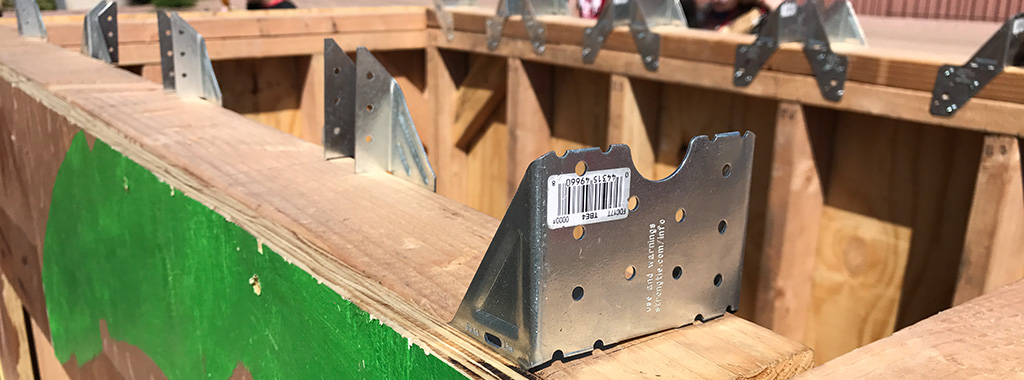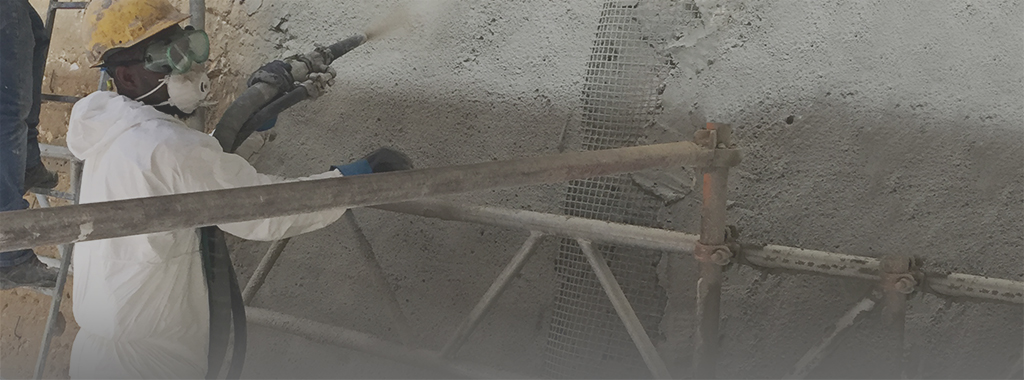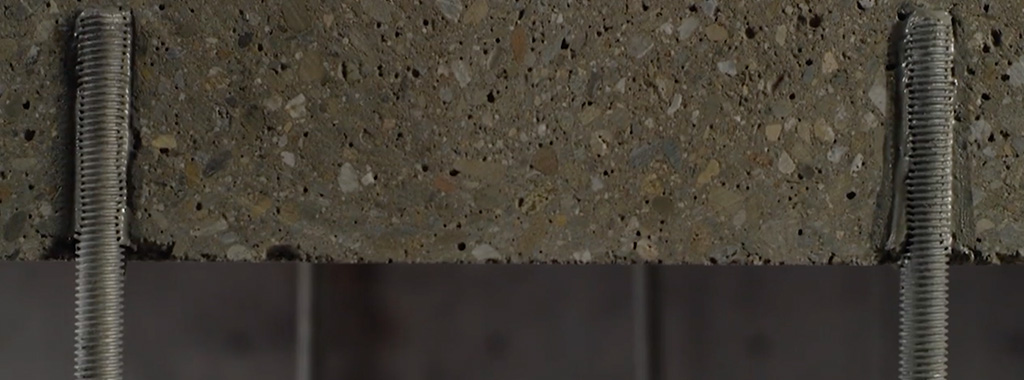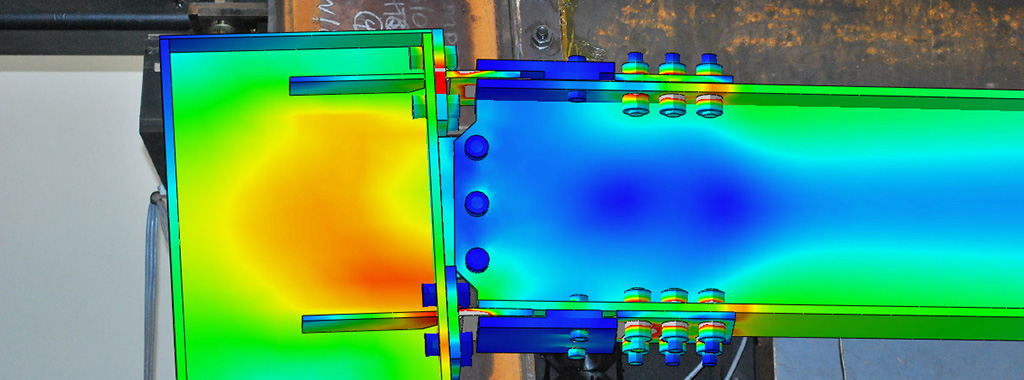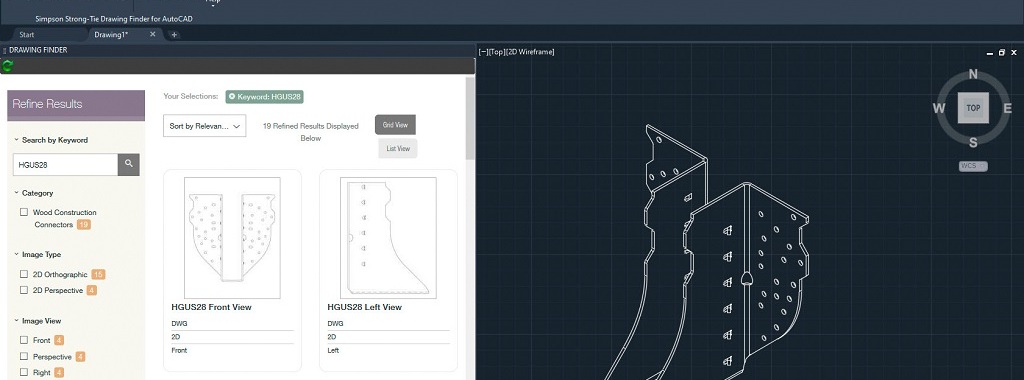Structural engineering, like every other research field, advances by educating new generations of students in the principles and practice of the discipline. Knowing that, Simpson Strong-Tie has teamed with the Binational Softwood Lumber Council and the American Wood Council to co-sponsor and coordinate the Timber Strong Design-Build Competition, an annual design contest held at the ASCE Pacific Southwest Conference in Tempe, Arizona.
Engineering students will test their civil and environmental engineering skills this spring when they compete in the annual Timber Strong Design-Build Competition. Eighteen universities will send teams of students to Tempe, Arizona, to participate at the American Society of Civil Engineers (ASCE) Pacific Southwest Conference (PSWC).
The objective of the competition, taking place April 12–14, is to give students valuable real-world engineering design experience:
Continue Reading
Q&A About Fabric-Reinforced Cementitious Matrix
On February 14, we hosted the third interactive webinar in the Simpson Strong-Tie Composite Strengthening Systems™ Best Practices Series: “Introducing Fabric-Reinforced Cementitious Matrix (FRCM).”
Simpson Strong-Tie engineering manager Brad Erickson, S.E., P.E., and Simpson Strong-Tie senior product manager Mark Kennedy, PMP, conducted an informative discussion of this new product solution. You can view the webinar in our Training Center and take a course to earn one hour of CEUs, PDHs and AIA LU/HSW credits. The course and webinar discuss installation steps, identify projects where FRCM would be ideal, and cite testing and industry standards associated with FRCM.
Continue Reading
Q&A About MPBZ Moment Post Base
This week’s post was written by Jhalak Vasavada, Research & Development Engineer at Simpson Strong-Tie.
Continue Reading
Simpson Strong-Tie® SET-3G™ Adhesive Offers a Ductile Solution for Post-Installed Anchorage near a Concrete Edge
Designing post-installed anchorage near a concrete edge is challenging, especially since the ACI provisions for cracked-concrete anchorage went into effect. In the following post, one of our field engineers, Jason Oakley, P.E., explains how SET-3G™ and Anchor Designer™ software from Simpson Strong-Tie make it easier to design a ductile anchor solution.
Engineers often provide holdown anchoring solutions near a concrete edge to help prevent overturning of light-frame shear walls during a seismic (or high-wind) event. Sometimes a post-installed anchor must be used if the cast-in-place anchor was mislocated or misinstalled, or is located where a retrofit or addition is needed. Since the cracked-concrete anchorage design provisions went into effect more than a decade ago, it has been challenging for engineers to offer a near-edge post-installed anchoring solution. This is especially true for structures subject to earthquake loads in seismic design category (SDC) C through F. Simpson Strong-Tie’s new SET-3G epoxy is the first anchoring adhesive in the industry to offer exceptionally high bond-strength values that permit ductile anchorage in concrete near an edge. This blog post will cover a specific example that focuses on Chapter 17 of ACI 318-14 to design a threaded rod, anchored with SET-3G adhesive, used to secure a holdown located 1 3/4″ away from a single concrete edge (Figure 1).
Continue Reading
What Building Professionals Need to Know About Construction Loading
Understanding construction loading is important as it relates to the acceptable practices in terms of staging and storing construction materials prior to installation. What does “construction loading” mean? This term describes materials and people that are present during the course of construction. It refers to any construction material that is stacked and/or staged on the trusses for any length of time prior to the installation of said materials. This also includes those individuals that are working or walking on the trusses during the course of construction.
New CSS Product Launch — FRCM Strengthening Products
The new FRCM Composite Strengthening Systems™ repair and reinforcement solution from Simpson Strong-Tie combines high-performance sprayable mortar with a carbon-fiber grid that creates a thin structural layer that repairs and strengthens without significantly increasing the structure’s weight or volume. FRCM stands for fabric-reinforced cementitious matrix. Its advantages are similar to those of FRP (that is, strength, low weight and ease of application), but it may also be used to repair, resurface, strengthen and protect in one application, along with providing greater resistance to heat and better long-term durability.
Continue Reading
How Computer Simulation Can Power Innovation
Computer-simulated product testing is being used increasingly in modern engineering and manufacturing because it provides a low-risk, time- and cost-efficient means of modeling system performance using a wide array of variables before a physical prototype has been created. The following Blog post outlines some of the uses and advantages of integrating this technology into the product development process.Continue Reading
My Engineering Adventures with Build Change
This week’s post was written by James P. Mwangi, Ph.D., P.E., S.E. – our first annual Simpson Strong-Tie Engineering Excellence Fellow with Build Change.
Let me start by wishing everyone a happy holiday season.
My fellowship activities started in July 2017. I spent two weeks in New Jersey getting oriented to the Build Change organization and engineering activities around the world. I then spent two days in Pleasanton getting to meet the engineering team and getting updated on Simpson Strong-Tie products and the team leaders.
Continue Reading
Simplify Access to Your Drawings with the Simpson Strong-Tie AutoCAD® Plugin
Accessing engineering drawings, determining whether you have the right ones and loading them into AutoCAD can seem like an exhausting endeavor. Wouldn’t it be nice to have an application that does everything you need in one package? An application that will also save you time, on both retrieval and installation, and give you access to additional applications? Simpson Strong-Tie has developed a new tool that can take care of all these needs.
Continue Reading
Turkeys and Gratitude
This week’s post was written by Kari Martin, Marketing Communications Content Manager at Simpson Strong-Tie.
There are a couple of turkeys that like to hang out around our home office in Pleasanton and, no, I’m not referring to any of my colleagues — we actually have a gang of wild turkeys that comes up from the creek behind the office. Almost every day, these colorful birds feel safe enough to stroll onto the office walkway pecking for food outside our office windows and doors. It’s surprising to me that these beautiful creatures could be so fearless (or is it simply naïve?), especially around Thanksgiving time. Their presence reminds me that being fearless is important, because nothing new would ever be discovered if we were too afraid to venture outside our comfortzones.Continue Reading



